Explore how educational institutions worldwide are dealing with the growing enrollment crisis, looking at the causes of the drop in student enrollment and discovering creative solutions to problems.
Table Of Contents
The perpetual decline in student enrollment in higher education institutions, also known as the Enrollment Crisis, is an impairing concern for universities.
Understanding the Enrollment Crisis
The decline in student enrollment, or the Enrollment Crisis, is largely due to rising tuition costs, limited financial aid, and scepticism about the value of a college degree. The COVID-19 pandemic further disrupted education, accelerating enrollment and retention declines. Between 2011 and 2023, the percentage of men aged 18 to 24 in college fell from 47% to 39%, despite a growing number of high school graduates. Undergraduate enrollment has dropped by 9.4% (1.4 million students) since the pandemic, with a 4.7% decline (662,000 students) in spring 2021 alone.
Postsecondary enrollment, including graduate students, has declined by 7.4% (1.3 million students) since 2020. Additionally, the U.S. faces a “demographic cliff,” with high school graduates expected to drop by 15% by 2039. This reduction will reshape higher education and the workforce, potentially forcing more universities to adapt or close.
Challenges in Higher Education
1. Declining Enrollment Rates
In 2022, only 39% of 18 to 24-year-olds were enrolled in college, down from 41% in 2012. Female enrollment dropped 13% from 10.2 million to 8.9 million between 2010 and 2021, while male enrollment fell 17% from 7.8 million to 6.5 million.
2. Financial Barriers
Rising tuition and limited financial aid deter students. Community college enrollment fell by nearly 6% (900,000 students) from 2019 to 2023. The University of Wisconsin system has faced staff layoffs and site closures. Washington State Colleges’ acceptance rates increased from 78.8% in 2019 to 79.4% in 2023 as institutions sought to attract more students.
3. Changing Demographics
U.S. birth rates have declined since 2007, falling by 20% over 13 years to 55.8 births per 1,000 women in 2020. The Western Interstate Commission for Higher Education projects a 10.3% decline in high school graduates by 2041, following a peak in 2025.
4. Scepticism About Higher Education
Only 22% of Americans believe a four-year degree is worth the cost if loans are necessary. Rising tuition and student debt fuel doubts, with 56% believing graduates face financial hardships and lack work-ready skills.
5. Rise of Alternative Education Paths
More students are turning to online learning, career training, and direct-to-work opportunities. In 2022, 30.5% of U.S. undergraduates took hybrid courses, while 23.9% were exclusively online. The global e-learning industry is projected to reach $320.96 billion by 2025.
AI as an Impactful Solution to the Enrollment Crisis
To counteract declining enrollment, colleges and universities are integrating AI-driven solutions:
1. Streamlining Admissions
AI-powered application reviews reduce manual work and accelerate decision-making. A survey found that 80% of universities plan to use AI in admissions by 2024, with 85% aiming to improve efficiency. Predictive analytics help institutions forecast enrollment trends, enabling data-driven admissions policies. For example, Florida International University increased graduation rates by 20% in five years using predictive analytics to identify at-risk students.
2. Enhancing Retention and Student Engagement
AI chatbots, like Georgia State University’s “Pounce,” provide real-time student support. Pounce increased on-time enrollment by 3.3 percentage points, with some students sending nearly 100 messages over a year. AI-powered personalized learning tools are also on the rise, with over 51% of educators incorporating AI-driven educational games.
3. Optimizing Financial Aid
AI helps institutions allocate financial resources more effectively, ensuring that aid reaches students who need it most.
4. Targeted Recruitment Strategies
AI enables institutions to engage prospective students more efficiently. The University of Illinois uses AI-driven chatbots to assist international applicants with deadlines, application requirements, and campus life.
5. Addressing Demographic Shifts
AI-driven adaptive learning technologies support online and hybrid courses, making education more accessible for non-traditional students. A study of 5,000 students found that those using AI-driven adaptive learning tools performed 15% better and retained 20% more knowledge than peers in traditional settings.
Conclusion
The U.S. enrollment crisis is driven by rising costs, financial difficulties, declining high school graduates, and skepticism about college value. Additionally, the rise of alternative education options and a looming demographic cliff exacerbate these challenges.
AI adoption in higher education is skyrocketing. A survey found that 84% of professionals in the sector had used AI in their work or personal lives, a 32 percentage point increase from the previous year. By leveraging AI, institutions can improve student experiences, increase operational efficiency, and develop long-term strategies to mitigate enrollment challenges.
See how EDMO’s Document Intelligence, Conversation Intelligence, and Human Intelligence can make your enrollment and admissions process faster and easier. With our tools, you can respond to inquiries in under a minute and cut down the application process from several weeks to just a few hours. Plus, we help reduce staff workload by 40% while boosting the application-to-enrollment rate by five percentage points.
Our Document Intelligence speeds up transfer credit evaluations to under four hours and increases student engagement by over 10% through personalized outreach. At the same time, our Conversation Intelligence ensures quick responses and a smoother experience for applicants, making your operations more efficient and driving enrollment growth.
Book a meeting with EDMO today and find out how our innovative solutions can simplify your admissions process, improve engagement, and deliver better results for your institution.
Also Read: What Top Leaders Are Saying About AI in Education
Top Strategies for Increasing Student Retention in 2025
Demographic Changes in Student Enrollment and What it Means for Your Institution
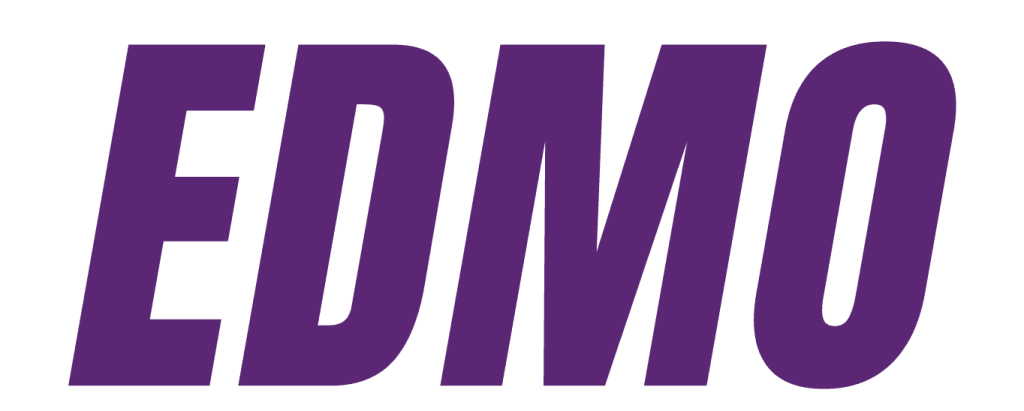

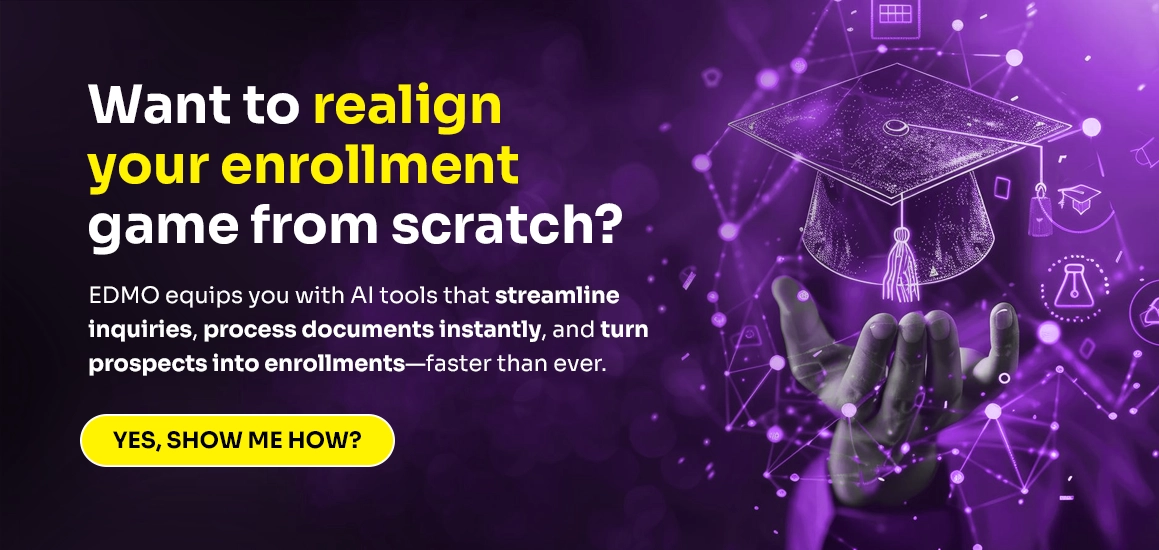


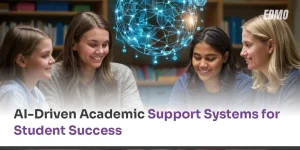
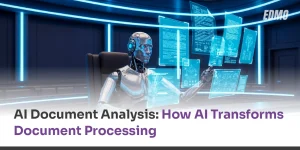

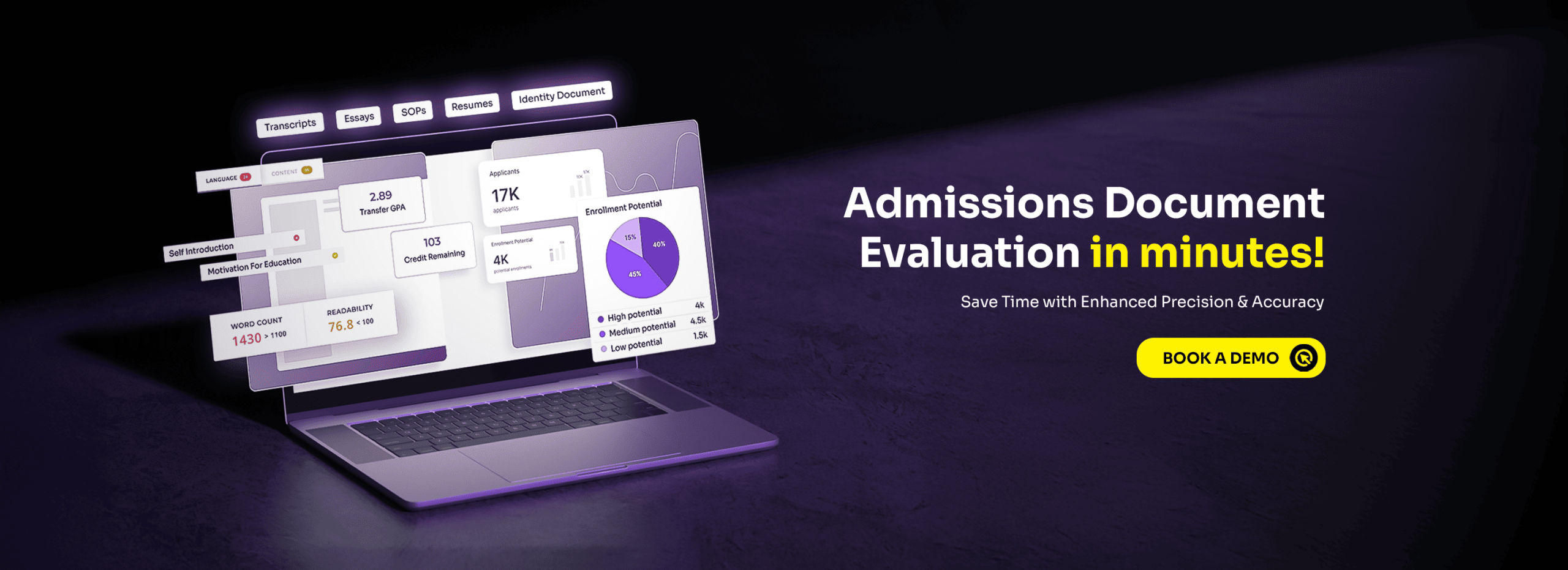
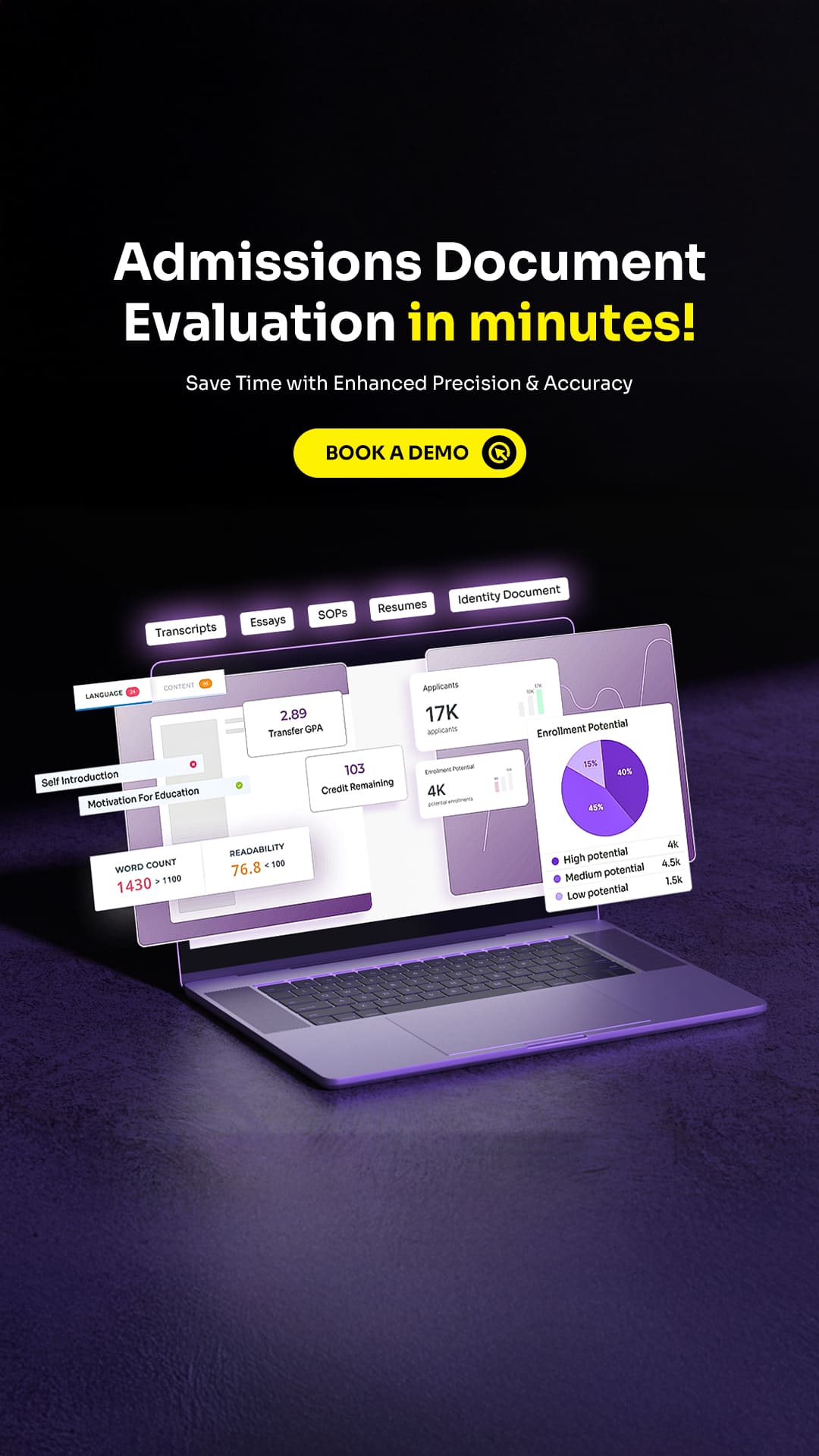
No comments yet. Be the first to comment!
Leave a Comment